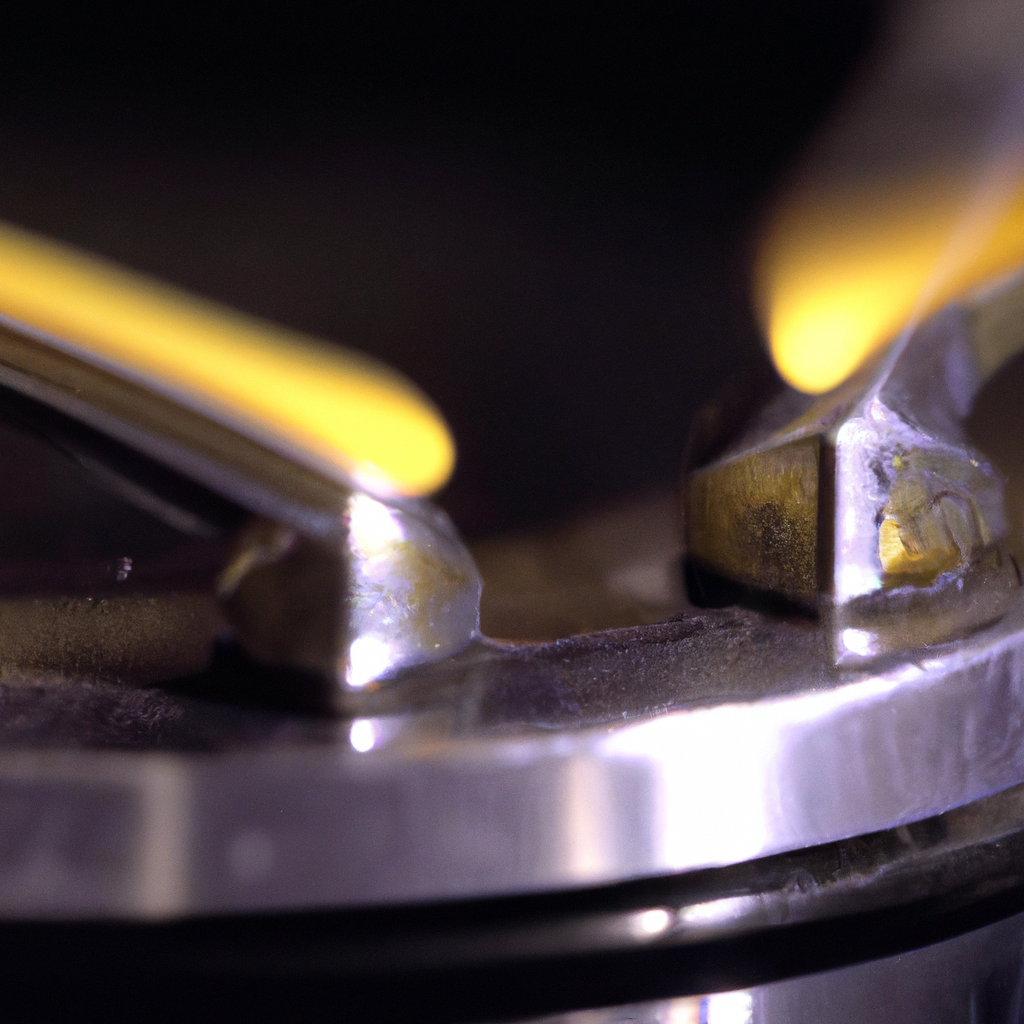Gas stoves are a common sight in many kitchens around the world. They are an integral part of our daily lives and make cooking easier and more efficient. But how do gas stoves work? In this article, we will explore the workings of a gas stove, from the fuel source to ignition, and everything in between.
Fuel Source
A gas stove is powered by natural gas or propane, which is supplied through a pipeline or stored in a tank. The gas is delivered to the stove through a gas line and is controlled by a valve located behind the stove. The valve controls the flow of gas to the burners, which in turn regulates the heat output of the stove.
Burner
The burner is the heart of the gas stove. It is the component that produces the flame, which in turn generates the heat. The burner consists of several parts, including the burner cap, burner head, and burner base. The burner cap is the top part of the burner, which is removable for cleaning. The burner head is the part that produces the flame, while the burner base supports the burner head and distributes the gas evenly.
Ignition
The ignition system is responsible for starting the flame that heats the burner. There are several types of ignition systems, including pilot light, electric ignition, and spark ignition. A pilot light is a small flame that is always burning and ignites the gas when the burner is turned on. Electric ignition uses a small electric spark to ignite the gas, while spark ignition uses a tiny spark generated by a battery or piezoelectric crystal.
Flame
The flame is the visible component of the gas stove. It is produced by the combustion of gas and air. The flame should be blue in color, indicating complete combustion. A yellow flame may indicate incomplete combustion, which can produce carbon monoxide, a poisonous gas. The flame heats the burner, which in turn heats the cookware and the food.
Heat Control
The heat output of a gas stove can be controlled by adjusting the gas valve. The valve controls the flow of gas to the burner, which regulates the size of the flame and the heat output. Some gas stoves have multiple burners, each with its own valve, allowing for precise heat control. Other gas stoves may have a single valve that controls the heat output of all the burners.
Cooking
Gas stoves are versatile and can be used for a variety of cooking methods, including boiling, simmering, frying, and baking. The heat output can be adjusted to suit the cooking method and the type of cookware being used. Gas stoves are also preferred by many chefs because they provide instant and precise heat, allowing for more control over the cooking process.
Kitchen Appliances
Gas stoves are just one of the many kitchen appliances that make cooking easier and more efficient. Other appliances include ovens, refrigerators, dishwashers, and microwaves. These appliances work together to create a functional and efficient kitchen. With the right appliances, cooking can be a breeze and a joy.
Conclusion
In conclusion, gas stoves are an essential component of any kitchen. They are powered by natural gas or propane and produce a flame that heats the burner, cookware, and food. The heat output can be controlled by adjusting the gas valve, allowing for precise and instant heat. Gas stoves are versatile and can be used for a variety of cooking methods. They are just one of the many kitchen appliances that make cooking easier and more efficient. With the right appliances, cooking can be a joy and a pleasure.







